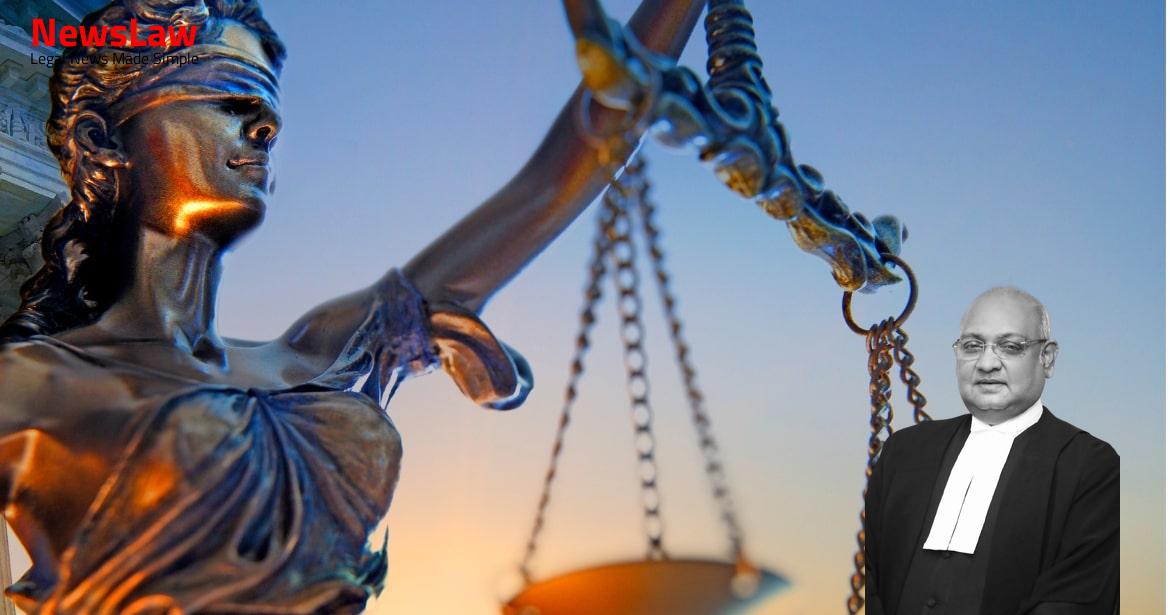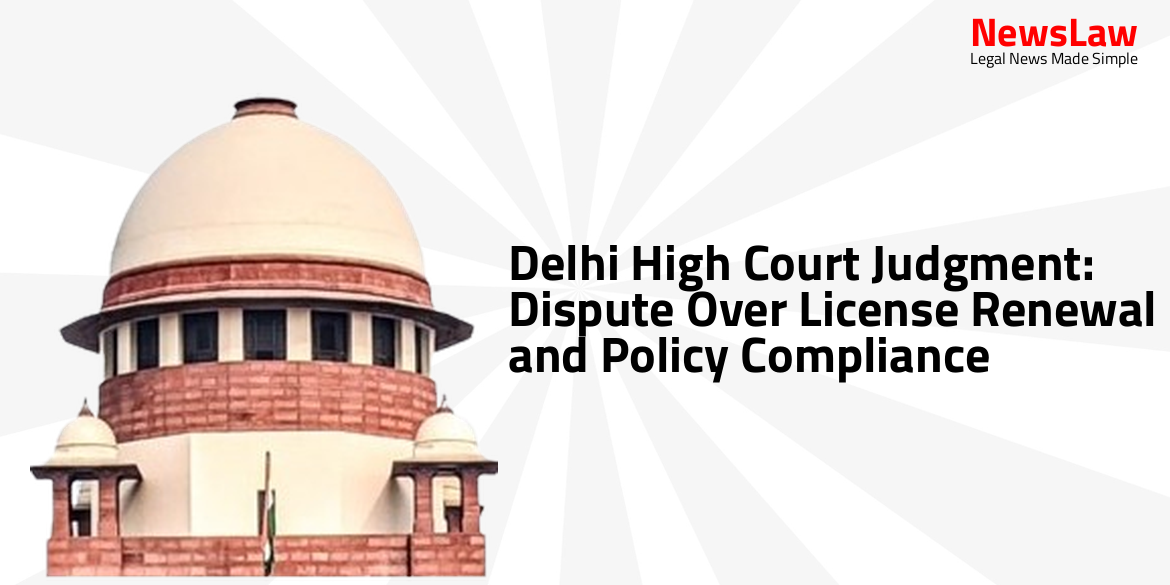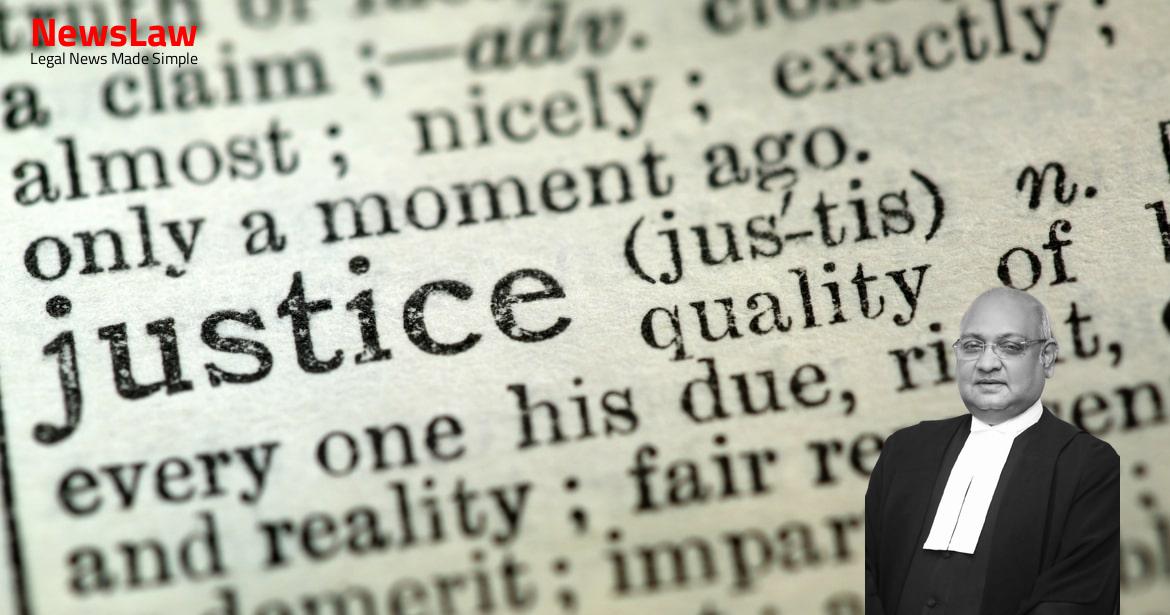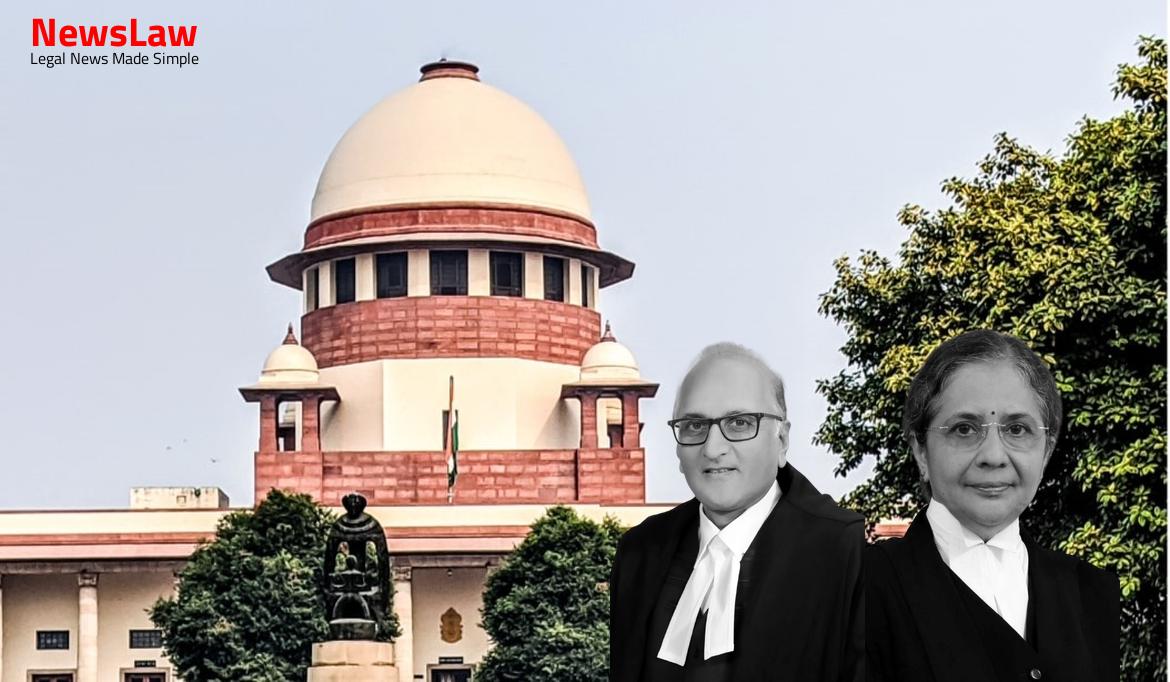Explore the Supreme Court’s detailed legal analysis on seniority and promotions within the judicial service in our latest blog post. The court’s emphasis on adherence to rules and procedures, merit-based appointments, and the significance of objective testing highlight critical aspects of the judicial recruitment process. Stay tuned to gain insights into the complex dynamics of seniority and promotions in the legal realm.
Facts
- Review petitions were filed by Union of India seeking modifications/clarifications.
- 47 Judicial Officers promoted in 2010 were placed above all appointees from 2011 selection.
- Candidates successful in LCE did not receive seniority benefit in feeder cadre.
- All matters related to appointments and seniority in District Judges cadre in Rajasthan were heard together.
- Objections raised by candidates were addressed in a report by the High Court.
- Tentative/provisional seniority list of District Judge Cadre officers was proposed.
- All concerned candidates were listed in the Provisional Seniority List.
- Objections to the Provisional Lists were pending consideration with the High Court in December 2018.
- Writ Petitions in August 2018 raised concerns about appointments post 2010 Rules and Cyclic Order.
- Some interim relief was granted by Justice Shetty Commission in 1998.
- Fresh determination of vacancies undertaken after cancellation of previous process initiated in 2010
- Notification dated 31.03.2011 identified vacancies for Writ Petition (Civil) No.936 of 2018
- Review petitions in All India Judges’ Association case led to directions for the First National Judicial Pay Commission
- Commission under Mr. Justice K.J. Shetty constituted on 21.03.1996 with modified terms of reference in 1997
- Report dated 15.03.2019 concluded that the process under Notification dated 31.03.2011 is not a continuation of the earlier selection in 2010
- Vacancies post Notification dated 15.04.2010 also considered
- Selected candidates in process of 31.03.2011 included individuals who did not participate in the 2010 process
- Vacancies determined through Notification dated 31.03.2010
- Reckonable date for appointments clarified to be from substantive appointment
- Answered Question (A) in the negative regarding appointment date considerations
- Notification dated 15.04.2010 invited applications for 36 Direct Recruitment vacancies and 22 Promotion through LCE vacancies
Also Read: Legal Analysis on Arbitration Petition Limitation Period
Issue
- Ratio from previous cases does not support the claim in these cases.
Also Read: Analysis of High Courts’ Jurisdiction and Court Orders Under Article 142
Arguments
- The petitioners in various writ petitions argued that their appointments were made under specific rules and should be considered for seniority accordingly.
- Arguments were made regarding the year of vacancies and the time lag in final recruitment affecting seniority.
- Counsel for the petitioners emphasized the need to count service rendered in specific capacities for seniority calculations.
- The petitioners sought seniority from their initial appointments based on the rules applicable at the time of their appointments.
- Various judgments and rules were cited to support the petitioners’ claims for seniority based on their appointments and service history.
Also Read: Electoral Malpractices in Mayor Election
Analysis
- The judgment addresses the issue of Fast Track Courts and promotions within the judicial service.
- It emphasizes the importance of adherence to rules and procedures in recruitment and promotion processes.
- Seniority and appointments based on merit are highlighted as key principles.
- The role of quotas and rosters in determining seniority is discussed.
- The need for objective testing of suitability for promotion to Higher Judicial Service is emphasized.
- The judgment navigates various specific cases and decisions related to promotions and seniority within the judicial system.
- It stresses the significance of certainty and adherence to constitutional principles in judicial appointments and promotions.
- The Supreme Court emphasized that voluntary retirement after initiation of departmental proceedings/inquiry shall not be considered for appointment.
- Preference shall be given to members of the Bar for direct appointment in courts.
- Seniority of Judicial Officers is determined from the date of their substantive appointment to the cadre of District Judge.
- Delay in administrative action should not deprive an individual of their due seniority.
- Relative seniority of direct recruits and promotees is determined based on quotas of vacancies reserved for direct recruitment and promotion respectively.
- Seniority cannot be claimed from a date when the incumbent is yet to be borne in the cadre.
- The principles of rotation of vacancies between direct recruits and promotees must be adhered to.
- Flexibility in resolving special situations is provided by the phrase ‘as far as possible’.
- Judicial officers did not take any written examination.
- Challenge to directive for written examination cannot be sustained.
- Promotion must be done according to the procedure required by the Rules.
- Competent authority can only effect promotion through specified process.
- Cyclic Order must be applied in placement above candidates selected through Direct Recruitment and LCE.
- Rule 28(iii) specifies that seniority of an officer shall be counted from the date of appointment to the service.
- The order of appointments to the service is also specified as a determining factor in seniority.
- Seniority plays a crucial role in the hierarchy and decision-making processes within the service.
Decision
- Ad-hoc appointment of judicial officers to Fast Track Courts with entitlement from 05.02.2016
- Preference for age group 35-45 for potential continuity in regular posts
- Performance review by High Court for continuance in service
- Special recruitment drive for filling consequential vacancies after ad-hoc promotions
- Notification list subject to revision based on departmental enquiries and recommendations for promotion
- Dismissal of Writ Petition No. 464 of 2019
- Prompt filling of vacancies in subordinate courts by High Court and State Government
- 50-50 burden sharing by Centre and State Governments for additional 10% posts
- Annual vacancies ascertainment and selection process by High Courts
- Adherence to conditions of Articles 233(2) and 309 of the Constitution for eligibility
- Modification of seniority list to reflect merit of candidates selected through LCE
- Appointment criteria excludes officers with past dismissals, removals, retirements
- Fast Track Courts prioritizing disposal of longest-pending sessions cases and undertrials
- Quashing of impugned notification in specific writ petition
- Committee recommendation and Full Court decision for selection in Fast Track Courts
- Preference for officers on the verge of retirement, if physically fit
- Distribution of appointments in Fast Track Courts – 25% direct recruitment, 65% regular promotion, 10% limited departmental exam
Case Title: DINESH KUMAR GUPTA Vs. THE HONBLE HIGH COURT FOR JUDICATURE OF RAJASTHAN (2020 INSC 376)
Case Number: W.P.(C) No.-000936 / 2018



